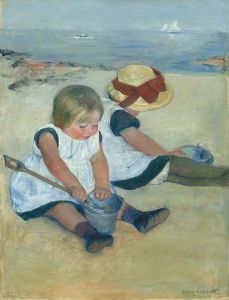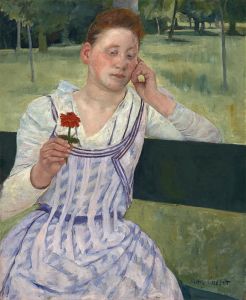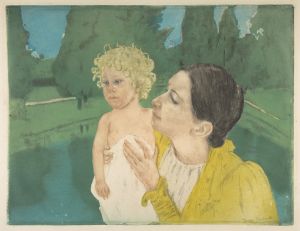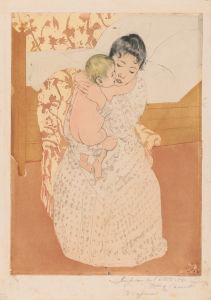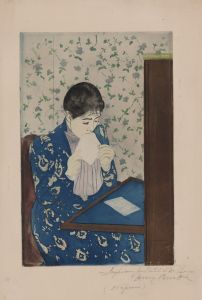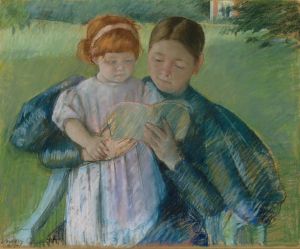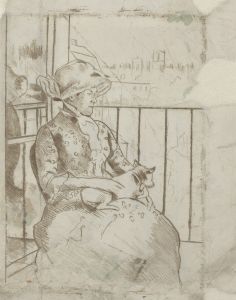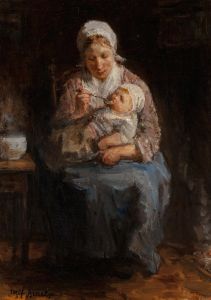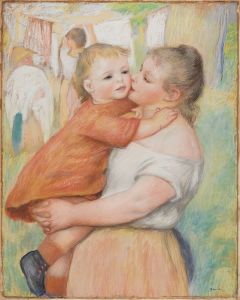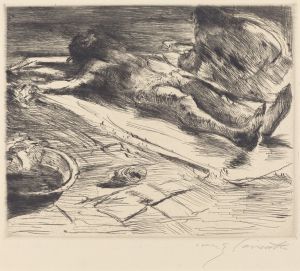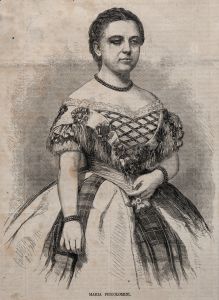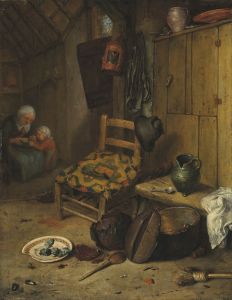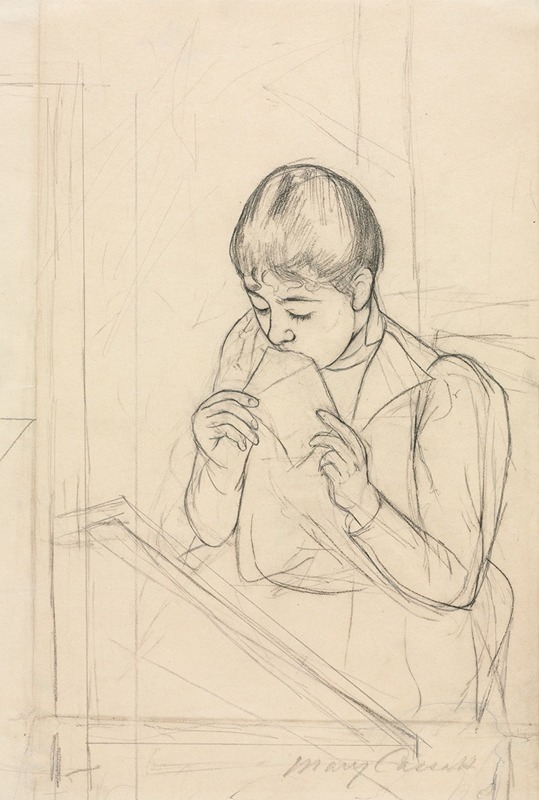
The Letter
A hand-painted replica of Mary Cassatt’s masterpiece The Letter, meticulously crafted by professional artists to capture the true essence of the original. Each piece is created with museum-quality canvas and rare mineral pigments, carefully painted by experienced artists with delicate brushstrokes and rich, layered colors to perfectly recreate the texture of the original artwork. Unlike machine-printed reproductions, this hand-painted version brings the painting to life, infused with the artist’s emotions and skill in every stroke. Whether for personal collection or home decoration, it instantly elevates the artistic atmosphere of any space.
Mary Cassatt's painting "The Letter" is a notable work by the American artist, who is renowned for her contributions to the Impressionist movement and her focus on the intimate lives of women and children. Created in 1890-1891, this artwork is part of a series of color prints that Cassatt produced after being inspired by Japanese woodblock prints, which she encountered at an exhibition in Paris in 1890. This exposure to Japanese art had a significant impact on her style, leading her to explore new techniques and compositions.
"The Letter" is an example of Cassatt's experimentation with the Japanese printmaking technique known as ukiyo-e, which emphasizes flat areas of color, strong lines, and a focus on everyday subjects. In this work, Cassatt employs these elements to depict a woman engaged in the simple, yet intimate act of sealing a letter. The composition is characterized by its use of bold outlines and a limited color palette, which are hallmarks of the Japanese influence on her work.
The subject of "The Letter" reflects Cassatt's ongoing interest in the private and domestic lives of women. The painting captures a moment of personal communication, highlighting the significance of letter writing as a form of connection and expression during the late 19th century. This focus on the everyday activities of women was a common theme in Cassatt's work, as she sought to portray the dignity and complexity of women's lives.
Cassatt's technique in "The Letter" demonstrates her mastery of printmaking, a medium she explored extensively during this period. She utilized aquatint and drypoint, along with the influence of Japanese woodblock printing, to create a work that is both delicate and bold. The texture and depth achieved in the print showcase her skill in manipulating these techniques to convey both the physical and emotional nuances of her subject.
"The Letter" is part of a larger body of work that Cassatt produced during her exploration of Japonisme, a term used to describe the influence of Japanese art on Western artists. This movement was particularly popular among the Impressionists, who were drawn to the simplicity, clarity, and innovative compositions found in Japanese prints. Cassatt's engagement with this style not only reflects her adaptability as an artist but also her willingness to embrace new ideas and techniques.
Mary Cassatt was one of the few American artists to be closely associated with the French Impressionists, and her work often focused on the themes of motherhood and the lives of women. Her contributions to the movement were significant, as she brought a unique perspective and subject matter to the predominantly male group of artists. Cassatt's work, including "The Letter," continues to be celebrated for its technical skill, innovative approach, and insightful portrayal of women's experiences.
In summary, "The Letter" by Mary Cassatt is a testament to the artist's ability to blend Western and Eastern artistic traditions, creating a work that is both visually striking and thematically rich. Through her exploration of printmaking and her focus on the intimate moments of women's lives, Cassatt has left a lasting impact on the art world, and her work remains a subject of study and admiration.






